In the changing world of marketing, businesses fight to reach people on many fronts.
Social media, email, TV, print — each a chance to find a customer. But winning isn’t about fighting on one front, it’s about fighting on all of them together.
This is Integrated Marketing.
It’s a strategy that brings more people, better experiences, and higher returns.
In this guide, we’ll explain the contours of the terrain of Integrated Marketing — its birth, its victories, and how businesses can lead it into successful campaigns.
Along the journey, we’ll light the path with stories of those who’ve triumphed before.
What is Integrated Marketing?
Integrated marketing refers to a comprehensive marketing strategy that combines multiple channels and tactics to create a unified and seamless brand experience for customers.
It’s coordinating your brand’s collective marketing activities across departments, channels, and customer touchpoints to deliver a consistent, unified experience.
An integrated marketing strategy breaks down walls between teams like social media, SEO, content marketing, email marketing, and more. Instead of operating in their own bubbles, they work together toward shared goals.
The key is constructing an agile marketing technology stack that allows seamless collaboration. Dashboards give transparency into how each campaign and activity ladders up to strategic goals.
When all your marketing powers combine, the collective force is far greater than if they operated alone.
Origins of Integrated Marketing
The roots of integrated marketing can be traced back to the 1970s and 80s, as new technologies began transforming the media landscape.
During this time, marketers started recognizing the need for a more coordinated approach across promotional channels and campaigns.
📖 In the 1990s, the concept of “integrated marketing communications” emerged, emphasizing alignment between disciplines like advertising, PR, direct marketing, and sales. Advancements in database marketing also enabled more targeted communications.
According to marketing scholars, integrated marketing really took off in the late 1990s and early 2000s with the rapid growth of digital media.
The proliferation of new channels like email, websites, and social platforms led marketers to think more holistically about engaging customers.
Now in the 2020s, the integrated marketing model is stronger than ever. Mobile has opened new always-on channels for outreach. Meanwhile, customers have more power over brand interactions, requiring coordinated experiences.
Key forces driving integrated marketing today include:
- Omnichannel customer journeys – Customers engage across many touchpoints, requiring unified messaging.
- Breakdown of marketing silos – Specialized departments now collaborate more fluidly thanks to shared technology stacks.
- Data connectivity – Integrated CRM and analytics provide deeper customer insights to inform campaigns.
- Content velocity – Faster content cycles enable greater leverage across paid, owned, and earned channels.
For today’s marketers, integration is no longer a choice but an imperative. Brands that unify their strategies, teams, and technologies will continue to gain an advantage.
Benefits of Integrated Marketing
An integrated marketing approach offers several key benefits for businesses.
Enhance Campaign Performance:
Integrated marketing amalgamates data and insights gleaned across various channels, enabling marketers to curate campaigns that are optimized for key performance indicators such as reach, engagement, and conversions.
By harmonizing efforts across multiple platforms, businesses can ensure resources are utilized to the fullest and not squandered on disjointed initiatives.
So, for instance, if a business launched a new product, this could be simultaneously promoted on social media, through email newsletters, on the company website, and in the press. This ensures a consistent message and visibility across all touchpoints.
This approach makes every aspect of the sales process more visible and more likely to engage customers
Cultivate Superior Customer Experiences:
Integration not only impacts businesses but also the customers they aim to engage.
With a consistent narrative woven through diverse touchpoints, customers interact with brands cohesively across channels.
This uniformity in messaging fosters deeper engagement and enhanced customer satisfaction.
Integrated marketing gives businesses the power to transform the customer journey into an immersive brand experience.
Increase Efficiency
Integration streamlines marketing efforts, eliminating redundancy and fostering synergies between channels, departments, and partners.
This increased efficiency leads to noticeable cost savings and maximizes the impact of your marketing spend. By aligning different parts of the marketing machinery, businesses can amplify their results without amplifying their budget.
For example, a piece of content created for a blog can be repurposed into a series of social media posts, an infographic, and a newsletter feature.
This not only extends the life and reach of the content but also ensures that the same key messaging is delivered across multiple platforms.
Drive Better Results
The integrated approach heightens the effectiveness of individual marketing initiatives, creating a compound effect of increased brand visibility, customer engagement, and conversion rates.
This cumulative impact bolsters the bottom line, making integrated marketing an investment that pays rich dividends.
The power of integrated marketing lies in its ability to create a comprehensive and effective strategy that not only saves time and resources but also significantly improves the customer experience and overall business outcomes.
An example of this is how campaign messaging may start on a billboard, continue on social media, and finish with a personalized email. Each touchpoint reinforces the others, leading to a deeper level of engagement and a higher likelihood of conversion than if each channel were used in isolation.
Examples of successful integrated marketing
To better understand its potential, let’s delve into two real-world examples. These cases illustrate how the innovative use of integrated marketing can drive significant growth and engagement.
Share a Coke
Coca-Cola executed an ultra-successful integrated marketing campaign called “Share a Coke” launching in 2011.
The creative concept was sharing Coke bottles printed with common names. This was executed across TV, outdoor advertising, digital media, in-store displays, and on the product packaging. The campaign increased sales by over 2% in a heavily declining market.
HULU’s HAHA Awards
Hulu’s Hilarious Awesome Hulu Awards (HAHA for short) represent a masterclass in integrated marketing.
On the surface, the awards show itself did a great job of promoting Hulu’s ad-supported streaming service and highlighting its animated content. But peel back the layers and you’ll see the HAHA Awards leveraged a diverse yet interconnected array of marketing tactics.
The launch of the awards show was promoted far and wide across social media, YouTube, and Hulu’s owned platforms.
This allowed Hulu to reach both existing subscribers and new audiences who might be unaware of the streaming service.
Crucially, all these efforts pointed back to the HAHA Awards event itself, which acted as a central hub to focus the marketing buzz.
Hulu also benefitted from organic amplification, as the nominated shows actively promoted voting for the awards through their own email lists and social channels. This gave Hulu a free ride on the shows’ existing fanbases.
The voting system made audiences active participants in the HAHA Awards, giving them a stake in the process and incentivizing social sharing. All this led to deeper engagement with the event itself and by extension, the Hulu brand.
By conceiving, promoting, and executing the awards show, Hulu also cemented its brand identity as a home for premium animated content worth honoring.
The HAHA Awards strengthened brand positioning through owned media channels. It’s a brilliant example of how using owned, paid, and shared media can lead to a massive influx of new customers by leveraging each other’s strengths.
What is the integrated marketing strategy planning process?
Developing an impactful integrated marketing strategy takes thoughtful planning across these phases…
Defining Objectives and Goals
The first step is getting crystal clear on your specific marketing objectives and KPIs. What business goals like revenue growth or customer acquisition do your programs aim to drive? What quantifiable targets will define success? Outlining desired outcomes focuses efforts.
Analyzing Data and Insights
Next, leveraging internal data like CRM and external research on your customers and markets, identify key audience segments, personas, behaviors, and needs. Analyze trends in channels and content consumption. These insights inform strategy and tactical plans.
Mapping Audiences and Channels
With insights in hand, map target audience groups to the channels and content types best suited to engage them. An awareness stage buyer may be receptive to social media while those closer to purchase prefer email and website touchpoints.
Crafting Messaging and Creative
Now define central messaging themes, brand narratives, and positioning statements to unify content across initiatives. Outline ad creative strategies and develop templates to maintain tonal and visual consistency.
Selecting Tactics and Timing
Based on these foundations, select specific initiatives and campaigns to launch, and map timelines across owned, paid, and earned channels. Ensure tactics are coordinated to create synergistic effects.
Budgeting and Resourcing
With program plans established, build out budgets, and assign funds across activities and channels based on their priority and projected ROI. Secure buy-in across marketing, content, and sales teams.
Tracking and Optimizing
Finally, implement analytics and listening tools to continuously gather data on campaign and channel performance. Feed insights back into the planning process to optimize integrated efforts and prove marketing ROI.
How to Create an Integrated Marketing Strategy
Here are some best practices for executing a winning integrated marketing strategy.
Mix Your Marketing Channels
Think of your marketing channels as different ingredients in a recipe. Each one enhances the flavor, but when combined correctly, they create a dish that’s far more satisfying than its individual components. So, look for opportunities to blend your messaging and campaigns across different media, such as social media, email, SEO, TV, and print.
Design Your Lead Generation Blueprint
Imagine you’re hosting a party. You want as many guests (leads) as possible to attend.
To make this happen, you’ll need to send invitations (content) through various means – emails, social media, word-of-mouth.
Similarly, integrate lead generation across channels, using social media to drive traffic to landing pages, for instance. Ensure you have a plan to track these leads and gauge the performance of each channel.
Utilize a Marketing Automation Platform
Consider marketing automation platforms as your trusted sidekick, your right hand in managing integrated campaigns across channels.
They’re like a dashboard in a car, providing you with critical information about your journey and helping you make data-driven decisions.
Collaborate and Leverage Inter-departmental Expertise
Every department in your organization, like sales, customer service, product development, and finance each provides unique insights and contributions.
Collaboration ensures that the entire organization is in harmony, delivering a symphony of success.
Collect and Analyze Customer Data
Think of your customer data as the map you’re using to plot your marketing journey.
Use this map to understand the terrain (customer preferences) and the optimal paths (strategies) to your destination (goals). The more detailed your map, the better your journey.
Weave an Engaging Narrative
Just as a novelist crafts an engaging plot that keeps readers turning the pages, ensure your brand messaging is compelling and tailored for each channel. Despite the different channels, the core message should remain unified across your integrated strategy.
Refine Your Campaign and Repeat
In the world of integrated marketing and marketing writ large, change is the only constant.
As soon as you start implementing your campaign, you should simultaneously start tracking results and looking at ways to improve it.
Then, when you’ve distilled away the parts that don’t make the cut, save that blueprint and apply it again on a similar project. The more first-party data and experience you can record, the bigger a moat you can build for your business.
Integrate, advertise, win
An integrated marketing approach enables brands to create unified and impactful strategies amidst an increasingly fragmented media landscape.
By coordinating messaging, tactics, and data insights across channels, companies see improved campaign performance, customer experiences, and return on investment.
With cross-functional collaboration and relentless optimization, integrated marketing delivers tangible value and a powerful competitive edge.

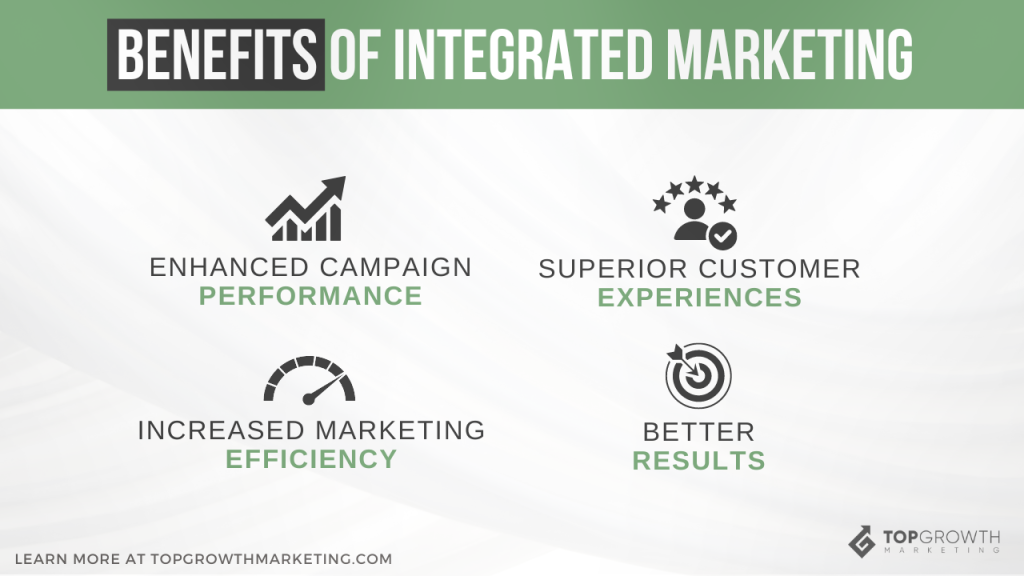
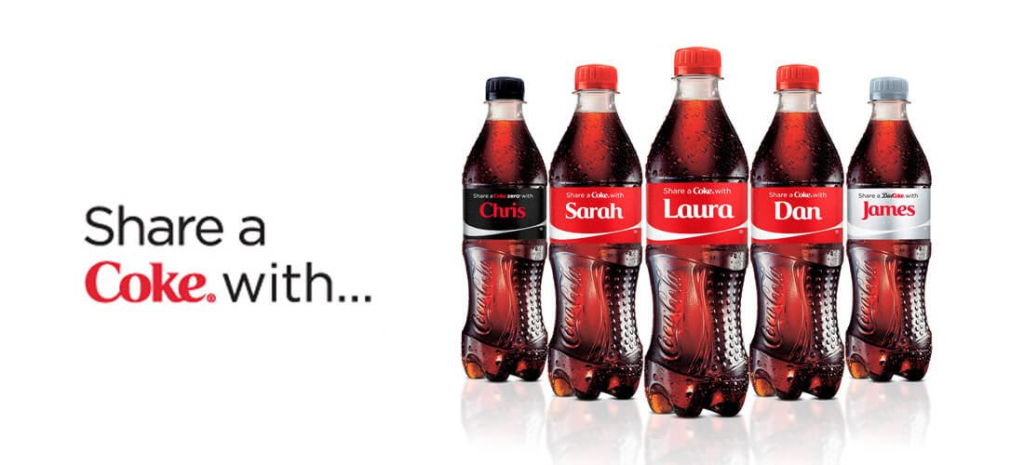

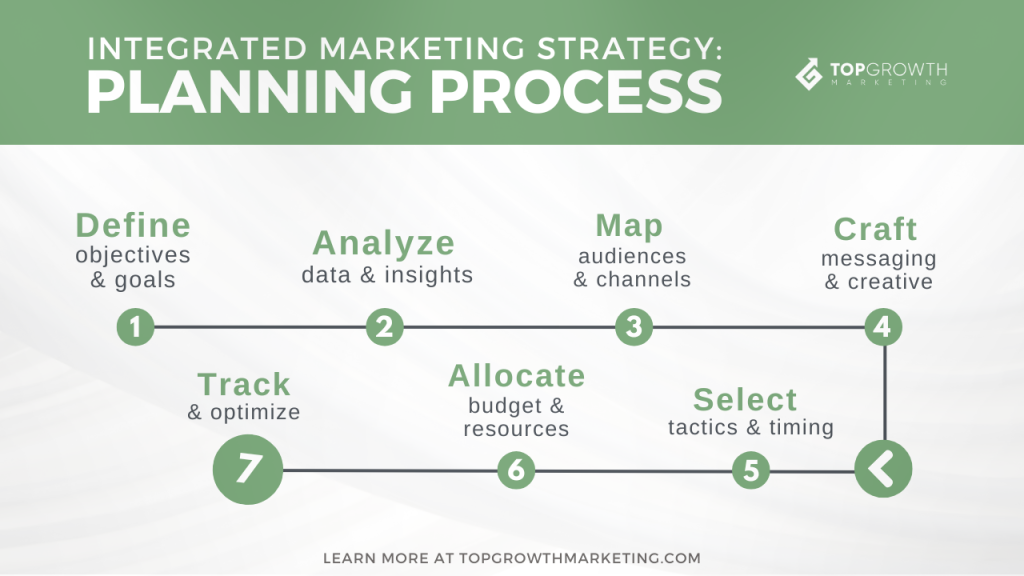
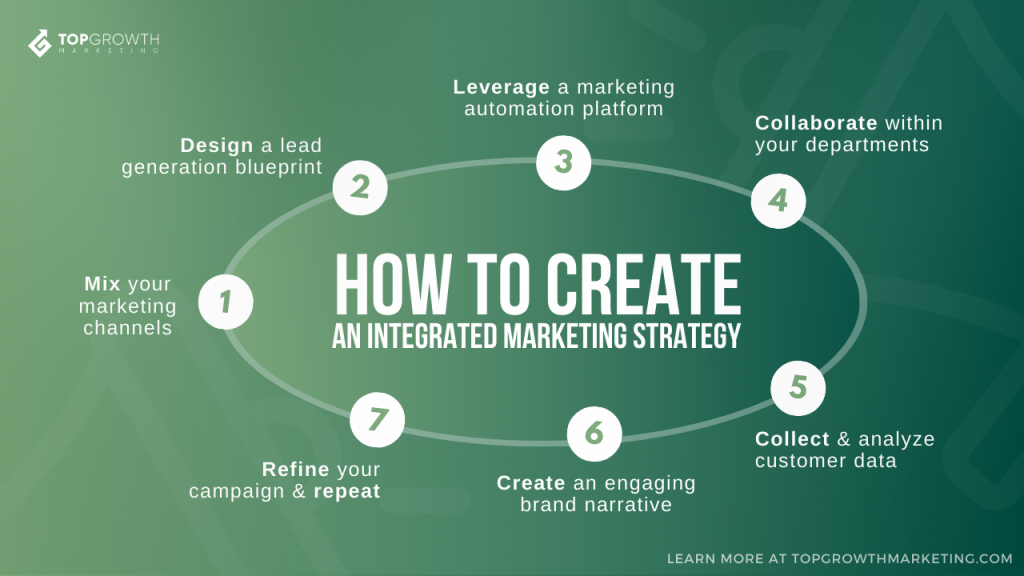


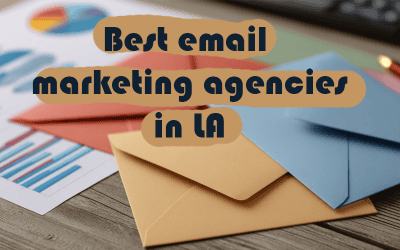

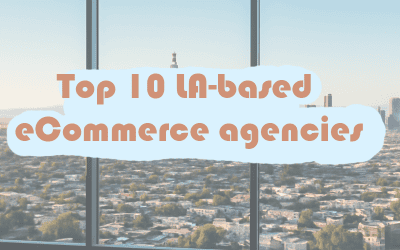
0 Comments